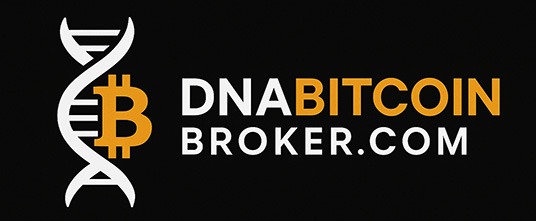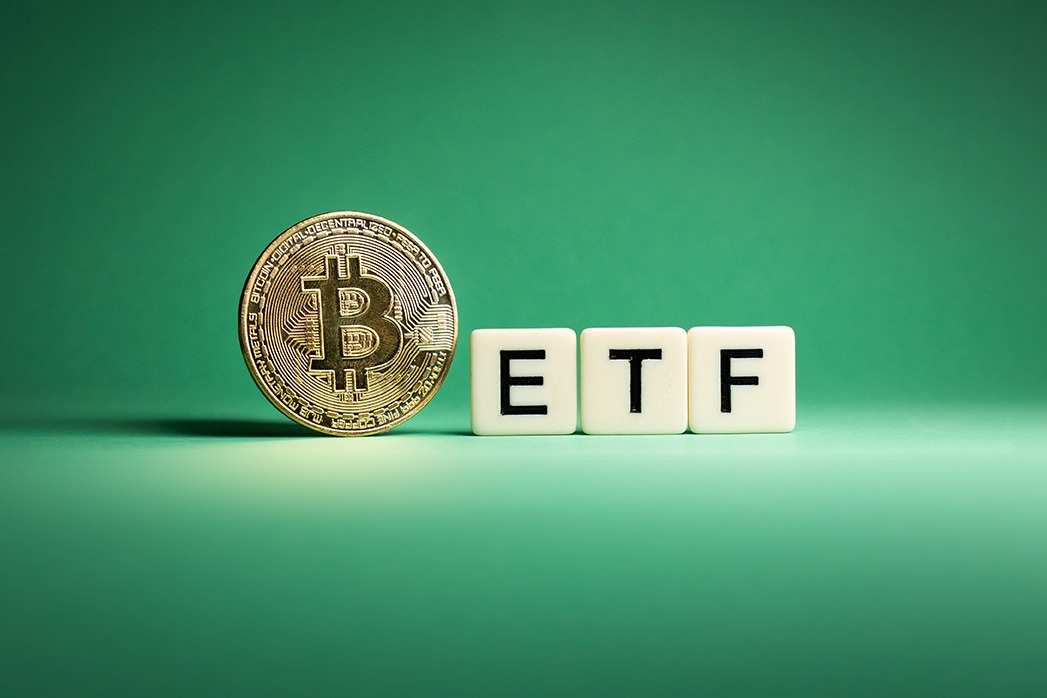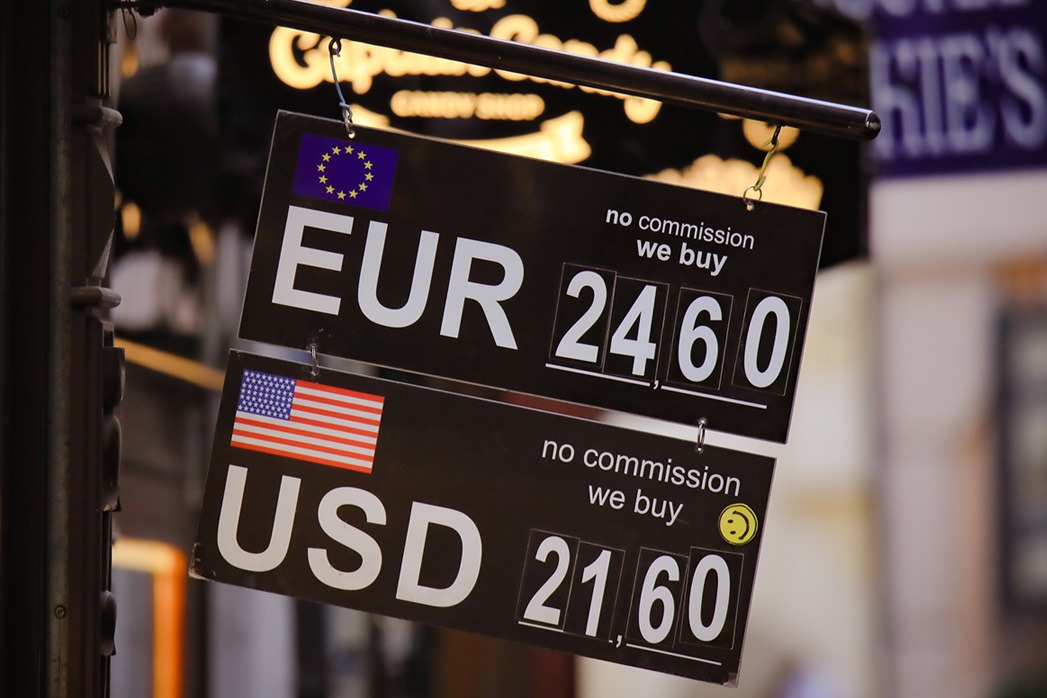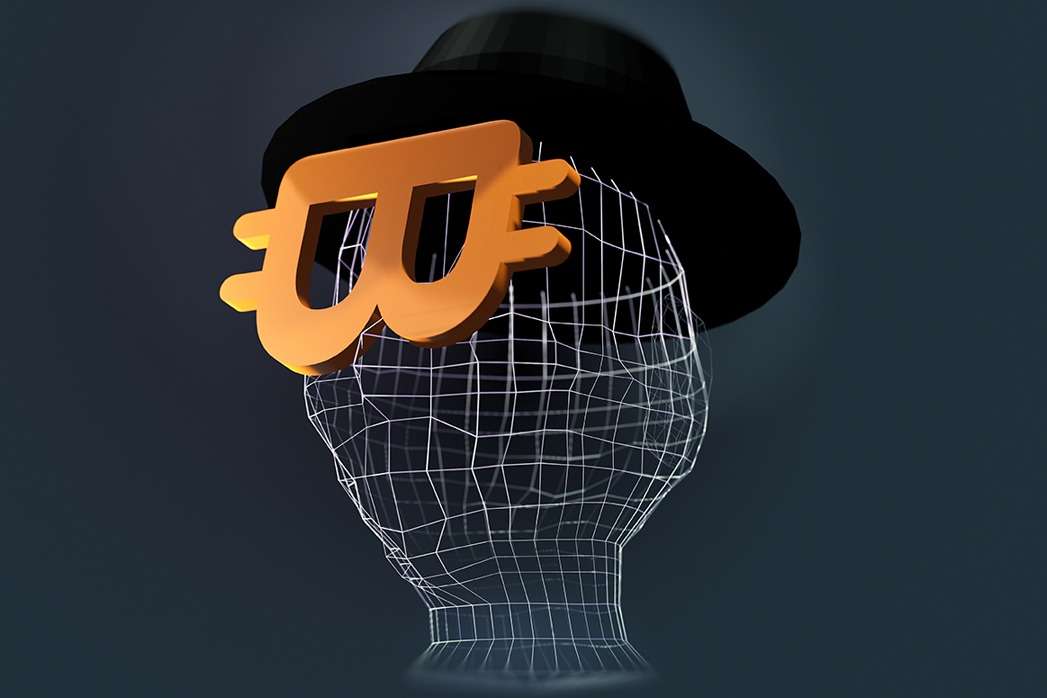Bitcoin at 17: From Whitepaper to World Reserve Candidate
“On October 31, 2008, a nine-page PDF changed money forever.” – DNA Crypto Knowledge Base.
Seventeen years ago, on October 31, 2008, an anonymous cryptographer known as Satoshi Nakamoto published a paper titled “Bitcoin: A Peer-to-Peer Electronic Cash System.”
What began as a small rebellion against centralised banking has evolved into the cornerstone of the global digital asset economy.
Today, Bitcoin is discussed not just in developer forums — but in central banks, boardrooms, and parliaments.
As Bitcoin turns 17, the question isn’t whether it’s here to stay.
It’s how far it will go.
Learn more: What Is Bitcoin and Why It Matters
From Whitepaper to World Stage
When the whitepaper was emailed to a tiny cryptography mailing list, few noticed.
It was the height of the 2008 financial crisis — trust in banks was collapsing, and a new idea was taking root:
A financial system without intermediaries.
Satoshi’s document outlined three key ideas:
1.Decentralised trust through blockchain consensus
2.Fixed monetary supply (21 million BTC)
3.Peer-to-peer transaction freedom without banks
Seventeen years later, that foundation has become the blueprint for sovereign digital money — inspiring the creation of Ethereum, Stablecoins, CBDCs, and even tokenised treasuries.
Explore: Institutional Bitcoin Adoption
The Institutional Era of Bitcoin
What started as a Cypherpunk experiment is now an institutional-grade asset class.
In 2025, Bitcoin is held by:
– Corporate treasuries as a hedge against inflation
– ETFs and funds managed by Wall Street giants like BlackRock and Fidelity
– Central banks exploring Bitcoin reserves as part of de-dollarisation strategies
For institutions, Bitcoin’s transparency, scarcity, and auditability now matter as much as its technology.
“Bitcoin has moved from the whitepaper to white-collar portfolios.” – DNA Crypto Knowledge Base.
Bitcoin in Europe: Regulation Meets Innovation
Europe has become a leading region for regulated Bitcoin adoption, thanks to the Markets in Crypto-Assets (MiCA) framework.
MiCA provides legal clarity for custody, taxation, and institutional trading — enabling companies like DNA Crypto to integrate Bitcoin within transparent, compliant systems.
Through MiCA, Bitcoin is no longer a grey-market asset — it’s an auditable, reportable, and investable digital commodity.
Explore: MiCA and Investor Protections
DNA Crypto: Carrying the Whitepaper Vision Forward
At DNA Crypto, we see Satoshi’s whitepaper not as a relic — but as a roadmap.
Our mission is to bring Bitcoin’s principles of sovereignty and transparency into regulated institutional finance.
We offer:
– Regulated Bitcoin brokerage and custody under EU VASP standards
– Institutional trading access across Europe and Asia
– Cross-border liquidity services for Bitcoin and tokenised assets
– Education and advisory for corporate digital asset strategies
Seventeen years on, Bitcoin’s whitepaper isn’t just history — it’s the foundation of a new wealth standard.
Learn more: Global Impact of MiCA
The Bottom Line
From a 9-page PDF in 2008 to a $1.5 trillion global network in 2025, Bitcoin’s story is one of transformation — not speculation.
It began with an idea: that trust could be replaced by transparency and that control could be replaced by code.
Seventeen years later, that idea powers a global financial revolution — and DNA Crypto stands proudly among those bringing it into the regulated world.
Happy Birthday, Bitcoin.
Your revolution is just beginning.
Image Source: Envato Stock
Disclaimer: This article is for informational purposes only and does not constitute legal, tax, or investment advice.












